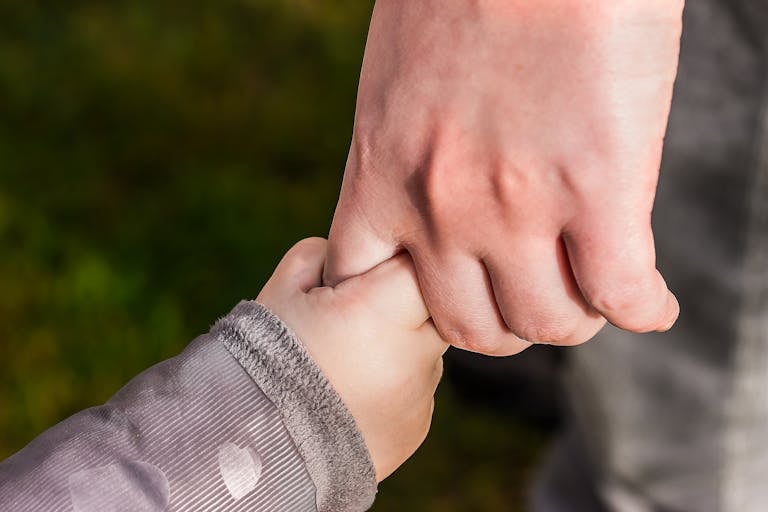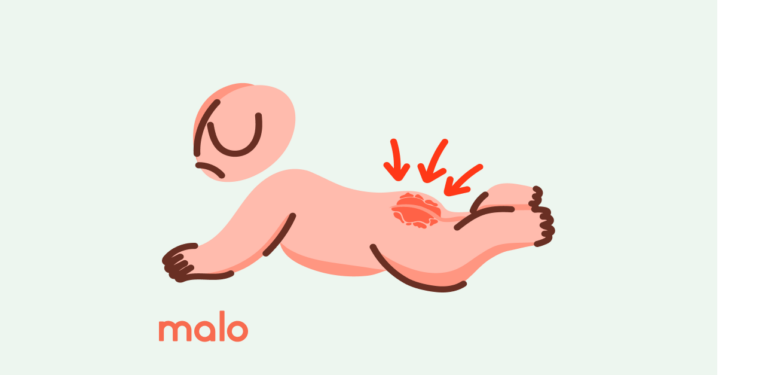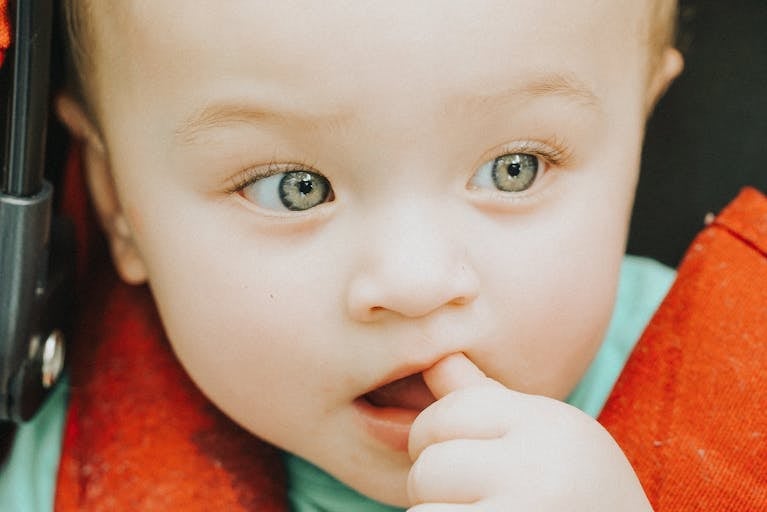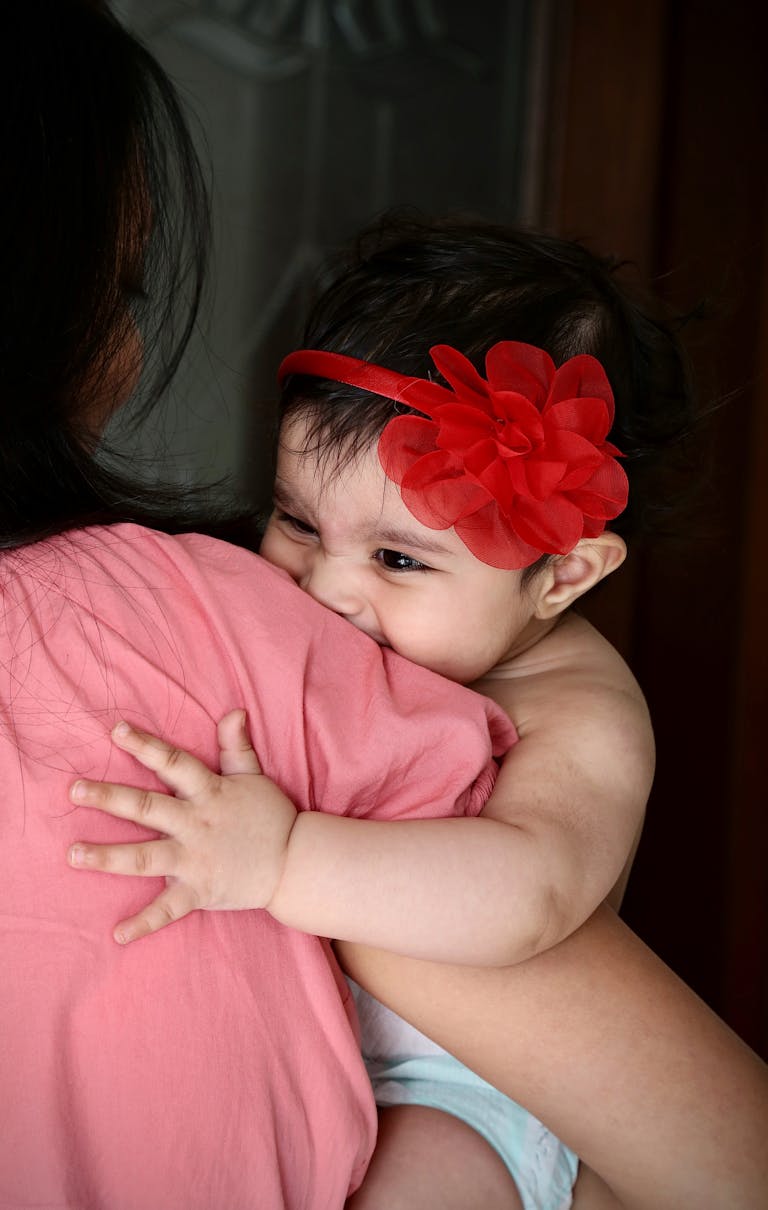Discovering your baby’s movements—those sudden jerks, the automatic sucking at your finger, the tiny fists so ready to grip—can be as fascinating as it is bewildering. Amidst sleepless nights and the quiet hope that every response is as it should be, one question surfaces: Are these reflexes a sign of healthy growth, or should certain signs prompt concern? Observing primitive reflexes offers a window into your child’s neurological health and early development, blending biology with everyday parenting. From instinctive survival reactions to the first shy grasp at a rattle, these seemingly random impulses follow rules written deep within the central nervous system. Curious to know what they mean, how they should evolve, and when it’s time to consult a doctor? Here’s a full exploration—because every small movement has a story behind it.
What Are Primitive Reflexes? A Scientific Lens for New Parents
Primitive reflexes—sometimes called neonatal reflexes—refer to those automatic, involuntary movements that signal the early workings of a newborn’s nervous system. Imagine this: a baby, hardly just a few days old, turns its head toward the stroke of a cheek, or starts sucking vigorously at the slightest touch near the lips. These are not coincidences; they are highly orchestrated responses, hardwired to support everything from feeding to avoiding danger.
Triggered by sensory stimulation, primitive reflexes like the rooting reflex or Moro reflex act as fundamental safety mechanisms. Why do they matter? Because their timely emergence, progression, and slow fading away are direct reflections of brain and nerve maturation. As the nervous system develops, these infant reflexes should integrate or disappear: a dance of checks and balances that gradually gives way to coordinated, purposeful movements. Without such foundations, even simple milestones like crawling, grasping, or walking could become an uphill task.
Main Types of Primitive Reflexes: Decoding the Key Movements
Understanding the range of primitive reflexes provides a map for normal—and sometimes abnormal—neurological growth. Let’s break down their essential forms, each serving a purpose far beyond what meets the eye.
Moro Reflex
Picture a sudden noise or abrupt movement. Instantly, a newborn throws open their arms and then quickly pulls them back in, as if startled. This “startle” response, the Moro reflex, signals the baby’s readiness to react to unexpected environments. Fascinatingly, this typically vanishes by 4 to 6 months, neatly clearing the path for more stable control of posture.
Rooting Reflex
Ever noticed how a newborn orients towards anything that gently brushes their cheek? This is the rooting reflex in action—an evolutionary tool making breastfeeding or bottle-feeding possible from the earliest moments. It usually integrates by 3 to 4 months, replaced soon after by voluntary feeding skills.
Sucking Reflex
The urge to suck upon palate stimulation? Instant, rhythmic, and essential for survival. The sucking reflex guarantees that babies can feed even before conscious control over muscles has developed. By 6 months, more deliberate sucking replaces this built-in motor.
Palmar Grasp Reflex
Slip a finger into your baby’s palm, and feel a surprisingly tight grip wrap around it. The palmar grasp reflex—so simple, yet so meaningful—serves to develop muscle tone in hands and fingers, the early groundwork for object manipulation. Like many, it disappears gradually as intentional grasping improves near 5 to 6 months.
Asymmetrical Tonic Neck Reflex (ATNR)
Turn your baby’s head and see the limbs extend on one side while curling on the other, forming almost a “fencer’s” pose? This odd but important ATNR encourages early hand-eye coordination, a basis for future skills like reaching and crawling. Typically diminishing by 6 months, it must fade for bilateral movement to flourish.
Spinal Galant Reflex
A gentle run of your finger down the side of the back, and your baby curves like a tiny crescent moon toward the touch. This is the spinal galant—a primitive motion pattern underlying crawling and eventual walking movements, fading away by six months.
Plantar/Babinski Reflex
Stroke your baby’s sole from heel to toe, and watch toes fan out in response—this is the Babinski reflex. Far from random, it signals an immature nervous system gearing up for maturation, usually gone by 11 months as the classic adult flexion replaces extension.
Crawling Reflex
Lay your child on their tummy, and leg movements appear, almost like the first echoes of crawling. This crawling reflex builds strength and coordination, vanishing generally by 3 months to pave the way for independent crawling, a major milestone for mobility.
Stepping Reflex
Support your baby upright with feet touching a surface—magically, they “walk” with alternating steps. Not real walking yet, but the stepping reflex prepares leg muscles for future use, typically fading by about 2 months.
Swimming Reflex
In water, under careful supervision, infants may instinctively paddle and hold their breath. This remarkable swimming reflex shows adaptability, and gently wanes by 6 months.
Perez Reflex
Stroke the spine from neck down, and you’ll see the pelvis tilt, legs extend, and head lift. The Perez reflex appears right from birth and vanishes between 2 to 3 months. Though not often mentioned outside medical circles, its presence or absence sheds light on neurological status during early infancy.
The Science Behind Primitive Reflexes: Why Do They Matter?
The existence of primitive reflexes is no quirk; each one supports your child’s entry into the world by:
- Ensuring immediate responses to the environment—think feeding or escaping discomfort.
- Preparing muscles and joints for advanced movement—creating a stepping stone to crawling, walking, and even scribbling.
- Connecting the nervous system with senses and limbs—forging brain pathways essential for all learning.
Neurologists often monitor these reflexes for clues—persistence, asymmetry (where one side behaves differently than the other), or complete absence could be an early signal that extra support or assessment is needed.
Reflex Timeline: When Should Primitive Reflexes Appear and Fade?
Every reflex has its schedule—a choreography with important cues:
- Rooting and sucking: Early starters, integrating by 2 to 4 months.
- Moro and palmar grasp: Prominent in the first trimester of life, disappearing around 4 to 6 months.
- Babinski/plantar: Last to mature, present until 11 months.
- Perez: A window of 2 to 3 months only.
When the timing goes off—reflexes lingering too long, appearing late, or vanishing abruptly—a quick word with a paediatrician or neurologist is always wise. Sometimes these differences reflect natural variability; occasionally, they hint at developmental needs that benefit from early intervention.
What If Primitive Reflexes Don’t Integrate?
Parents often find themselves watching for every twitch and jerk, sometimes with anxiety. Should a reflex stick around longer than expected, or emerge unevenly from side to side, it can affect everything from a child’s balance and hand-eye coordination to attention and handwriting later in childhood. This is not uncommon, and with early support from medical professionals, many children readily overcome these blips. Most often, lingering primitive reflexes signal adjustment needs, not a definitive disorder. Therapies—like exercises designed by occupational or physical therapists—can help guide healthy motor patterns, translating reflexes into refined voluntary skills.
Nurturing Healthy Reflex Integration: Practical Guidance for Parents
How can you gently foster the right integration of your baby’s primitive reflexes?
- Gentle sensory play: Soft touches to hands, feet, and cheeks promote coordination and response.
- Safe, calm spaces: Overstimulation can trigger excessive reflexes—quiet, soothing environments help responses regulate.
- Movement encouragement: Tummy time, free play on mats, safe exploration, and age-appropriate objects for grasping all stimulate muscle and brain growth.
- Regular observation: Celebrate your child’s unique timeline while remaining attentive to any unusual patterns. Trust your observations and intuition.
Especially if questions arise, or if you notice marked delays or differences, connecting with a paediatric occupational therapist or physiotherapist offers tailored answers—and, if necessary, individualised support strategies.
Key Takeaways
- Primitive reflexes are the earliest markers of nervous system development, each with its own timing and function.
- They serve as open windows into motor development, neurological maturation, and early survival instincts.
- Watching their progression, noticing any unusual persistence or asymmetry, provides valuable insights for monitoring a child’s health.
- Support is always available through medical professionals—no question is too small. Remember, attentive observation at home, paired with expert advice if needed, paves the smoothest path forward.
- For personalised guidance, reliable checklists, and child health questionnaires, the Heloa app is a handy resource to keep in your parenting toolkit.
Questions Parents Ask
Can primitive reflexes return later in life?
It can happen—though rarely. Sometimes primitive reflexes reappear after infancy, especially in older children or adults with neurological changes following head injuries, strokes, or certain medical conditions. Noticing these movements should prompt a discussion with a healthcare professional for deeper assessment.
What if primitive reflexes don’t integrate as expected?
When primitive reflexes linger beyond their typical timeline, challenges may arise: from difficulties in movement or balance to focus issues in school. Early input from paediatricians or occupational therapists can make a real difference—many children develop voluntary, mature control with guided support and practice.
Are primitive reflexes consistent in all babies?
Most infants show a similar set of primitive reflexes, but there’s a range of intensity and timing. Some actions might be subtle, others more pronounced—individual variability is common. Noticing differences such as pronounced weakness, very strong responses, or missing reflexes? Bring any concern to your doctor—it’s better to discuss than worry in silence.
Primitive reflexes are the secret language of early childhood development. Each response—every twist, grasp, or startle—tells you something about the amazing growth happening just beneath the surface. Celebrate each milestone, ask questions when uncertain, and remember, expert guidance is within reach.
Further reading:









